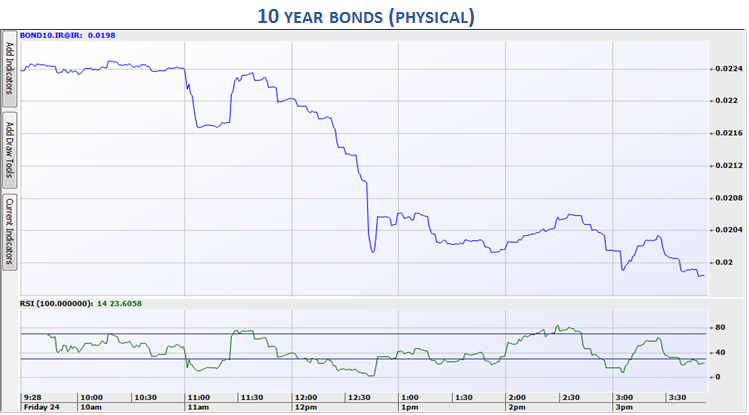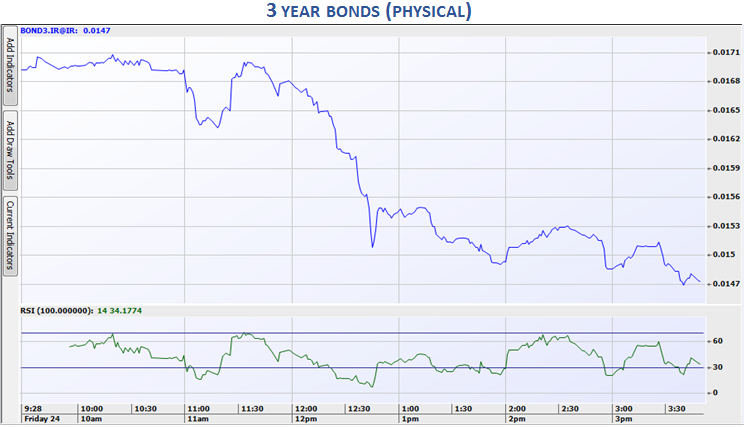A description of Brexit by Westpac seemed to sum up the mood of markets: “The unimaginable has happened and the UK has voted for Brexit. The referendum result will cast a long shadow over global markets and traders are more likely than not to extend the burst of risk aversion in coming days.” Well it may have been unimaginable for some but the vote counting has finished and “Brexit” will become a reality. While the actual implementation of the British disengagement from the European Union will take some time (Article 50 of the Lisbon Treaty has to be triggered and the UK then has 2 years to leave; there is no time limit for the UK to trigger Article 50), financial market fallout has been immediate. In Australia, the effects are being felt through the bond and cash markets, the equities market and the foreign exchange markets.
It is important to note that markets did not expect this result and hence were positioned collectively the wrong way. This resulted in additional volatility. The sterling/greenback exchange rate seemed to be the most popular indicator for observers. As the early votes came in the currency pair see-sawed depending on which vote was in front. When the “leave” vote was in front, the sterling fell against the dollar. When the “remain” vote was in front the sterling rose (although to put it in perspective at the end of the day the exchange rate was marginally below where it was in February 2016). The AUD stayed relatively steady until 9am and then fell as investors sold it along with sterling and euros to buy the USD. US denominated assets are typically the beneficiaries of safe-haven buying. US 10 year Treasurys fell 28bps. Even in 2008 and 2009, when the investors were faced with the prospect of massive US mortgage losses, they perversely bought US dollars and USD assets in preference to those of other currencies in the belief the US was still the safest place to be.

Another beneficiary of this “flight to safety” strategy has been Australian 3 and 10 year bonds. Yields on 10 year bonds plummeted back below 2.00% (down 25bps), which marks today as only the second day since Federation for a sub 2.00% yield. 3 year bond yields hit their record low today, going below 1.50% for the first time on record.



